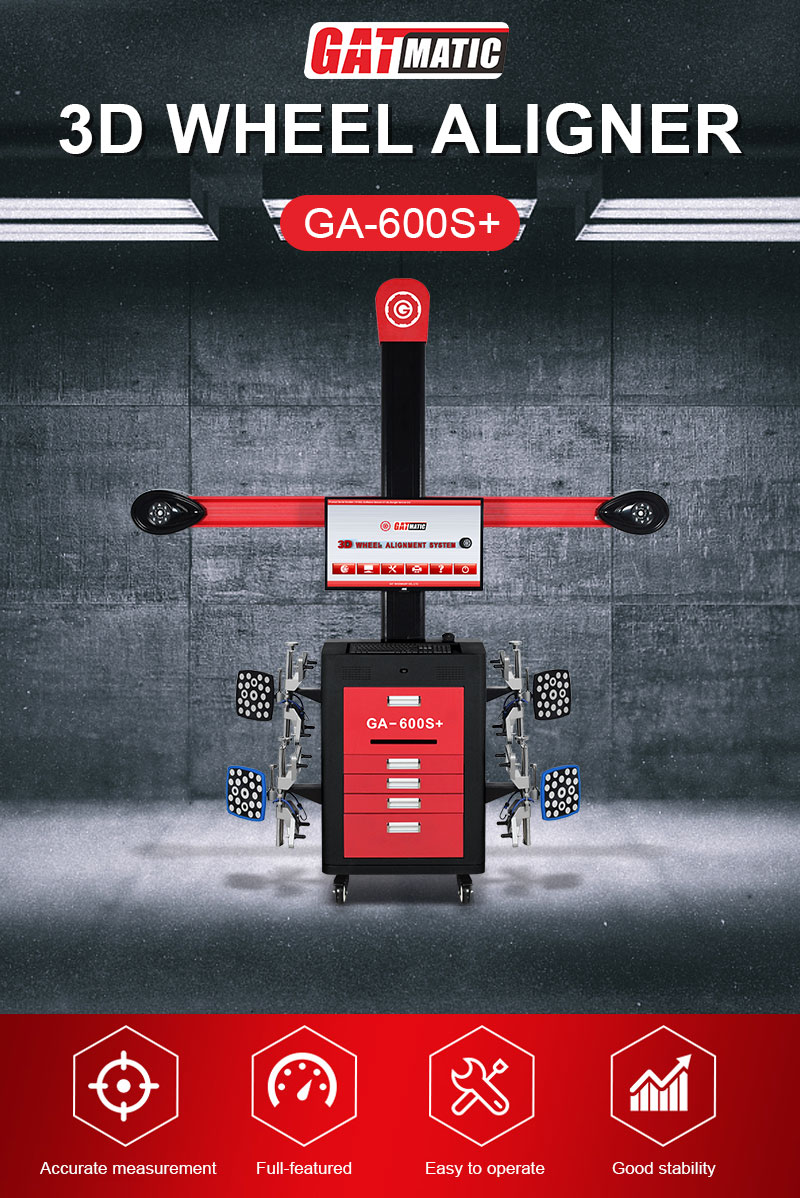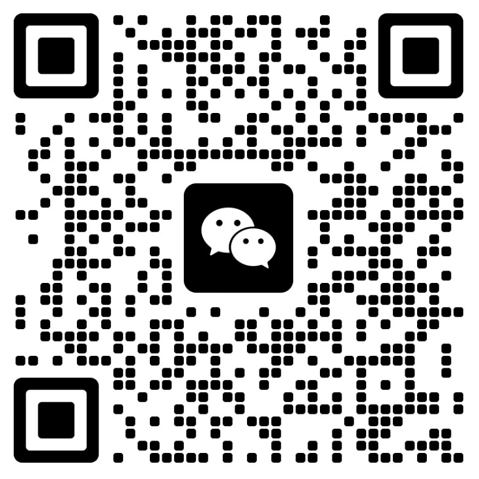What are the limitations of traditional wheel alignment methods?
I. Introduction
Traditional wheel alignment methods have been the backbone of vehicle maintenance for decades. These techniques, which typically involve mechanical tools such as gauges, strings, and plumb bobs, play a crucial role in ensuring optimal vehicle performance, safety, and tire longevity. However, as automotive technology advances, the limitations of these traditional methods become increasingly apparent.
II. Dependence on Technician Skill
One of the most significant limitations of traditional wheel alignment methods is their heavy reliance on human expertise and experience. The accuracy of the alignment largely depends on the technician’s skill level, which can lead to inconsistencies. This dependence introduces the potential for human error in measurements, resulting in variability in results between different technicians. Such inconsistencies can lead to improper alignments, affecting vehicle performance and safety.
III. Time-Consuming Process
Traditional alignment methods are notoriously time-consuming. The process involves lengthy setup and measurement procedures, often requiring multiple adjustments and rechecks to ensure accuracy. This time-intensive nature impacts workshop efficiency and extends customer wait times, potentially affecting customer satisfaction and the overall productivity of automotive service centers.
IV. Limited Accuracy
The inherent limitations of mechanical tools used in traditional alignment methods can compromise accuracy. These tools often struggle to measure multiple angles simultaneously, leading to potential discrepancies. Moreover, parallax errors in readings can occur, especially when technicians view measurement gauges from different angles, further reducing the precision of the alignment process.
V. Environmental Sensitivity
Traditional alignment methods are highly susceptible to environmental factors. Uneven surfaces can significantly affect measurements, leading to inaccurate alignments. Additionally, temperature and humidity fluctuations can impact the performance of mechanical tools and the vehicle’s components, making it challenging to maintain consistent conditions for accurate alignments.
VI. Equipment Wear and Tear
Over time, the mechanical tools used in traditional alignment methods undergo wear and tear. This degradation can lead to decreased accuracy and reliability. To maintain precision, frequent calibration and maintenance of equipment are necessary, adding to the operational costs and potential downtime for workshops.
VII. Limited Data Collection and Analysis
Traditional methods often fall short in terms of data management. Storing and comparing historical alignment data can be challenging, limiting the ability to track vehicle performance over time. The lack of advanced analytics makes it difficult to identify trends or predict potential issues. Furthermore, generating comprehensive reports for customers or for internal quality control purposes can be cumbersome and time-consuming.
VIII. Adaptability to Modern Vehicle Designs
As vehicle designs become more complex, traditional alignment methods struggle to keep pace. Modern vehicles often feature intricate suspension geometries that are challenging to align using conventional tools. The integration of advanced driver assistance systems (ADAS) in many vehicles adds another layer of complexity, as these systems require precise alignment for optimal performance. Traditional methods may also find it difficult to accommodate the wide range of vehicle types on the market, from compact cars to large SUVs and trucks.
Conclusion
While traditional wheel alignment methods have served the automotive industry well for many years, their limitations are becoming increasingly evident in the face of technological advancements. The dependence on technician skill, time-consuming processes, limited accuracy, environmental sensitivity, equipment wear, data management challenges, and difficulties in adapting to modern vehicle designs all contribute to the growing need for more advanced alignment technologies. As the automotive industry continues to evolve, addressing these limitations will be crucial for maintaining vehicle safety, performance, and efficiency in the years to come.
FAQs
1. What are traditional wheel alignment methods?
Traditional wheel alignment methods typically involve mechanical tools such as gauges, strings, and plumb bobs to measure and adjust the angles of a vehicle’s wheels.
2. Why is technician skill so important in traditional wheel alignment?
Technician skill is crucial because traditional methods rely heavily on human expertise and experience. The accuracy of the alignment largely depends on the technician’s ability to properly use and interpret the mechanical tools.
3. How does the time-consuming nature of traditional methods affect service centers?
The lengthy process of traditional alignments can impact workshop efficiency, extend customer wait times, and potentially affect overall productivity and customer satisfaction in automotive service centers.
4. What factors can affect the accuracy of traditional wheel alignment methods?
Factors affecting accuracy include technician skill, environmental conditions (like uneven surfaces and temperature fluctuations), equipment wear and tear, and the inherent limitations of mechanical tools in measuring multiple angles simultaneously.
5. How do traditional methods handle data collection and analysis?
Traditional methods often struggle with efficient data management. They typically lack advanced analytics capabilities, making it difficult to store and compare historical alignment data, identify trends, or generate comprehensive reports.
6. Can traditional alignment methods keep up with modern vehicle designs?
Traditional methods often face challenges with complex modern vehicle designs, including intricate suspension geometries and advanced driver assistance systems (ADAS), which require more precise alignments.
Describe Your Needs In Detail!
We will carefully evaluate your needs and give professional solutions.



